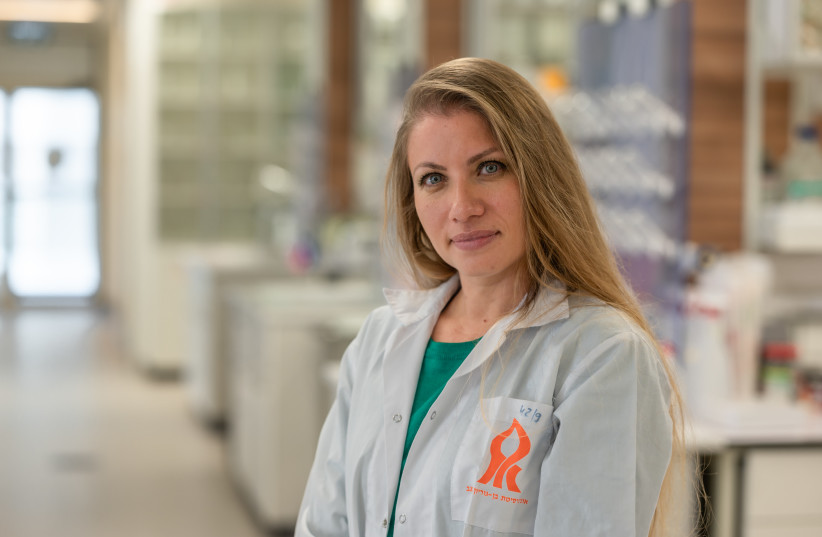Most of the world’s population – both children and adults – suffers from plaque and dental cavities or will develop them at some point in their lives. Toothpastes, mouthwashes and regular checkups can help prevent them, but more could be done to prevent caries, gum disease or tooth loss.
Scientists at Ben-Gurion University of the Negev (BGU) in Beersheba and their colleagues at Sichuan University and the National University of Singapore have discovered that 3,3'-Diindolylmethane (DIM), a naturally occurring molecule – also known as bisindole – reduces the biofilms that produce plaque and cavities by 90%. The molecule is also found to have anti-carcinogenic properties.
Their findings were published earlier this month in the journal Antibiotics under the title “3,3′-Diindolylmethane (DIM): A Potential Therapeutic Agent against Cariogenic Streptococcus mutans Biofilm.”
Plaque is a complex, three-dimensional structure that develops on the surface of teeth via the attachment of primary microbial colonizers. Many oral infections are caused by an imbalance occurring in the microorganisms naturally found in oral biofilms and are considered major public health concerns.
One of the primary factors in dental cavities
Your mouth is a great reservoir for bacteria such as S. mutans – believed to be one of the primary factors in dental cavities. It grows in the moist and sugary atmosphere of your mouth after food in a biofilm that coats your teeth. Biofilm generates plaque, attacks enamel and causes cavities.

Currently, several techniques have been developed against each stage of biofilm formation, including tooth coatings that prevent bacterial attachment and the production of extracellular polymeric substances, in addition to mechanical elimination and/or chemical controls. The most common strategy to treat cariogenic biofilms is based on non-specific mechanical brushing and flossing together with the use of toothpastes and mouthwashes containing antiseptic compounds such as chlorhexidine, fluorides, essential oils and cetylpyridinium chloride, they wrote.
The scientists found that the DIM disrupted that biofilm by 90% preventing the bacteria from spreading. “The molecule, which was found to have low toxicity, could be added to toothpastes and mouthwashes to greatly improve dental hygiene," said lead author Prof. Ariel Kushmaro of the Goldstein-Goren Department of Biotechnology Engineering. He is also a member of the Ilse Katz Institute for Nanoscale Science and Technology and the Goldman Sonnenfeldt School of Sustainability and Climate Change.
The study was conducted with Kushmaro’s student Yifat Baruch and Dr. Karina Golberg, as well as Prof. Robert Marks of the same department and Qun Sun of Sichuan University, and Karina Yew-Hoong Gin of the National University of Singapore.
